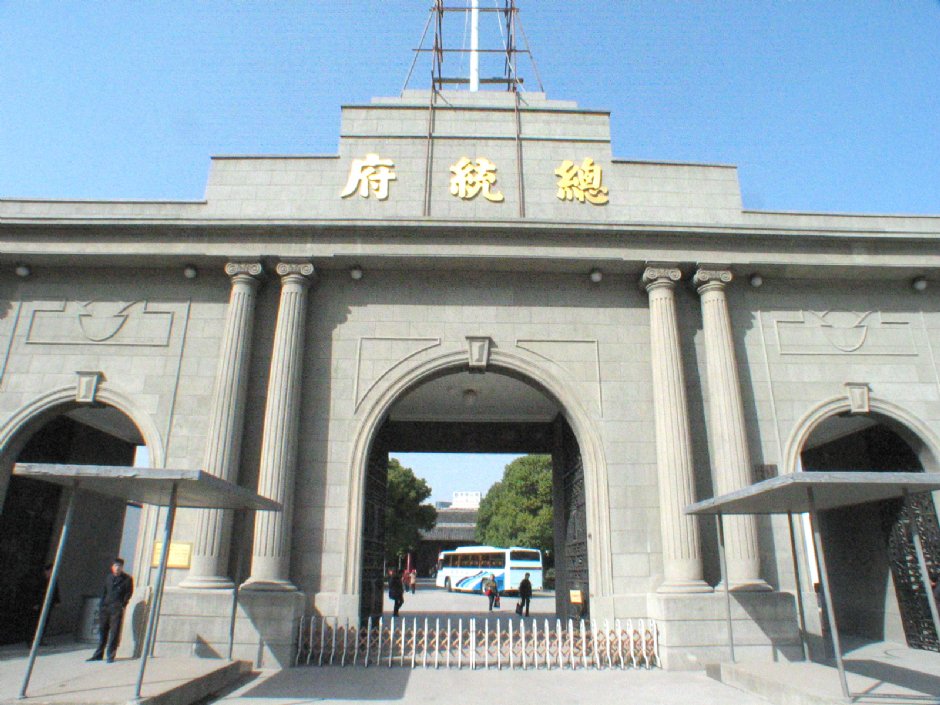The Presidential Palace is located at 292 Changjiang Road, in the Xuanuwu District of Nanjing in China. This palace housed the office of the President of the Republic of China before moving to Taiwan in 1949. Now, it is a museum, the China Modern History Museum. The Presidential Palace was the place of two successive ducal palaces in the Ming Dynasty and it became the office of the Governor-General of the Two Jiangs in Qing Dynasty. The palace was expanded and converted by Hong Xiuquan after Taiping Revolution in 1853. Sun Yat-sen was sworn in at the palace as the provisional President of the Republic of China after the Xinhai Revolution in 1911.
The Presidential Palace is a beautiful historic site. You may see the main courtyard is supported by tall red pillars and lanterns hang under the roof after you enter the entrance. There are many small courtyards between rooms and corridors. Somehow when you raise your head you will see the roofs are fantastically detailed in various colors and some of lamps are inset into the ceilings at regular intervals. Many things at the Presidential Palace are extravagant and most of officials’ office are unused and kept in a traditional layout.















































